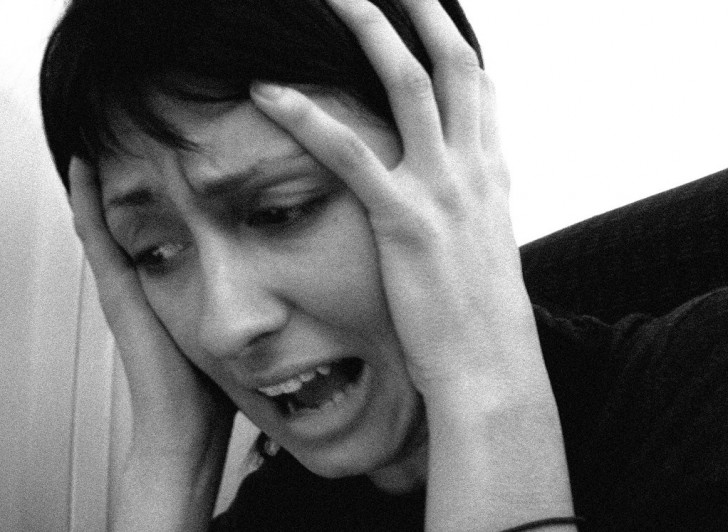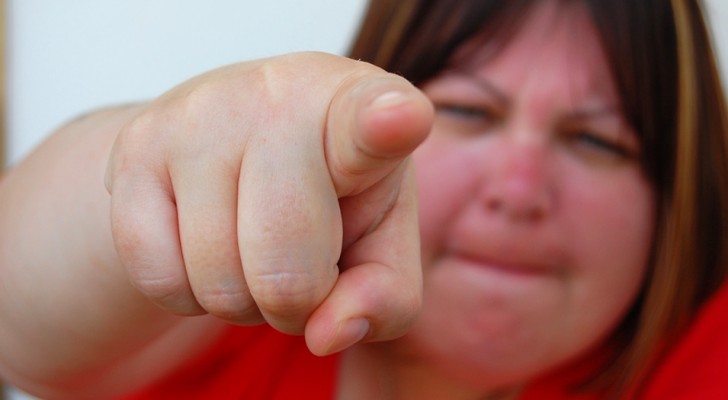Panic attacks, how to recognize the symptoms and learn how to manage them

Anxiety is a natural emotion and physiological response to a stressful situation.
However, when anxiety is not proportionate to the triggering context or if one is triggered for no apparent reason, the one speaks of pathological anxiety.
The form of anxiety that is most acute and crippling is the panic attack, that is to say, a feeling of uncontrollable fear that it causes extremely intense physical and mental reactions.
Here is how to recognize the symptoms and manage a panic attack.
NB: The advice that we provide can never replace the opinion of a physician, nor the pharmacological treatments that a doctor can prescribe for you for a particular disorder.
via mayoclinic.org

This type of disorder occurs with a greater frequency in the female population (up to three times more than in males), with a peak around 25 years of age, but can happen at any time of life. Panic attacks manifest both physical and psychological symptoms. Here are some examples:
Physical Symptoms
- Tachycardia (accelerated heartbeat)
- Shaking or tremors
- Vertigo or dizziness
- Shortness of breath
- Feelings of choking
- Sweating excessively
- Discomfort or pain in the chest
- Nausea or abdominal pain
- Hot flashes or chills
- Dry mouth

Psychological Symptoms
- Constant sensation of imminent danger
- Indifference or depersonalization
- Fear of losing control or "going crazy"
- Fear of dying
- Derealization (feelings of unreality)
Almost everyone, at once in their life has experienced a panic attack, often without even being aware of it. However, in the circumstances in which these episodes begin to occur frequently, the problem can become very disabling and at that point, it is necessary to take appropriate action.
Before coming to a firm diagnosis, usually, a person who is hit by these panic attacks is convinced, initially that they are suffering from various other disorders and pathologies. This is due to the powerful somatization of this condition where a psychological disorder is manifested in physical sensations that are very similar to a heart attack.

To calm down during a panic attack, it is possible to learn some simple but useful strategies.
The first is “conscious breathing”, that is to say, to carry out voluntarily, slow and deep inhalations and exhalations as you breathe. This method is effective because it restores the perception of control over oneself, helping to slow down the heart rate.
One can also try going to a quieter place and sitting in a comfortable position, to recover a sense of safety. However, the most effective way is always to get professional help from a therapist, psychologist, psychiatrist, or both. In this way, one can overcome this disabling disorder and reclaim a good quality of life.
Do not be afraid to seek the advice of a specialist, because this is the first step toward getting in control of this psychological disorder that affects many more people than one can imagine.





